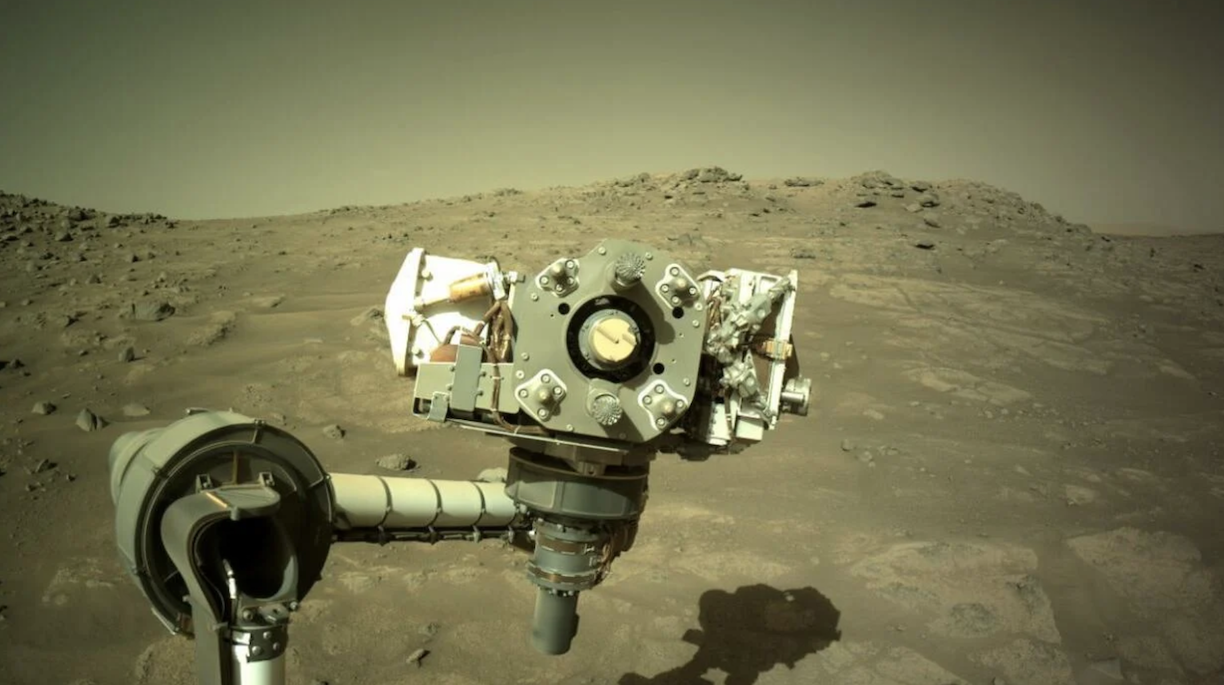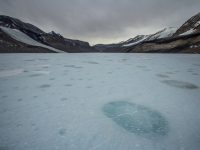
Long ago, a vigorous river filled an expansive Martian lake. Now, a NASA robot has rumbled through this ghost of Mars’ water-rich past.
In early June, the space agency’s Perseverance rover drove across the Neretva Vallis river channel, now a wide, dried-up waterway. The Mars robot, en route to examine new areas of interest, looked up the channel and captured a rich Martian desert vista, home to the once swiftly moving water.
Neretva Vallis once fed water into Mars’ Jezero Crater, a region harboring a river delta and lake some 22 miles wide. The rocks left over preserve evidence of where primitive Martian life could have potentially thrived — if any ever existed, that is.
“This ancient river channel — which carried most of the water that flowed into Jezero Crater billions of years ago — is filled with intriguing boulders,” NASA said.
In the distance, windswept Martian hills dominate the view. To the right lies a light-colored area at base of the channel’s wall, which NASA dubbed “Bright Angel.” It “may represent either ancient rock exposed by river erosion or sediments that filled the channel,” the space agency explained. NASA may now drill into the ground or wall there to collect a sample.

Credit: NASA / JPL-Caltech
Planetary scientists know that Mars once teemed with water. Some of it was absorbed into Martian rocks and minerals, some frozen away in the polar caps, and some might be preserved as buried ice from an ancient ocean. A large, though uncertain, amount could have drained into Mars’ crust. But it’s likely that a significant portion was lost to space. Mars gradually lost its insulating atmosphere, owing to effects of solar radiation and the loss of its protective magnetic field. Ultimately Mars’ once thick atmosphere diminished, and bounties of water escaped. Without this insulating blanket, the planet dried out. Today, Mars is 1,000 times drier than the driest desert on Earth.
The Perseverance rover continues its quest to find hints of past life called “biosignatures” — which are elements, substances, or features providing evidence of past organisms. This could be telltale chains of molecules or structures that were almost certainly produced by life.
In the end, it may be that Martian life subsisted underground, long after the surface transitioned to extreme, irradiated desert. Our robotic exploration of the Red Planet is decades old, but just beginning.






















0 Comments